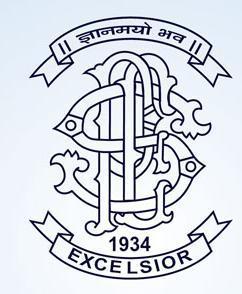Multiplicity of taxes, some levied by the State, others by the Centre and yet a few levied by the Centre and shared with State created much confusion and chaos in doing business in India. It also hampered the economic progress of the nation. A regime of multiple taxation and even double taxation was a fertile breeding ground for
corruption and discouraged higher investments by the private sector. The Goods and Services Tax Bill or GST Bill, officially known as The Constitution (One Hundred and Twenty-Second Amendment) Bill, 2014, is a legislation which aims to end this confusion and chaos by introducing a national Value Added Tax implemented in India from July 1 2017 called the “Goods and Services Tax”. This tax is a comprehensive indirect tax on
manufacture, sale and consumption of goods and services throughout India, which has replaced various taxes levied by the Central and State governments. Goods and services tax is levied and collected at each stage of sale or purchase of goods or services based on the input tax credit method. This method has allowed GST-registered businesses to claim tax credit to the value of GST they pay on purchase of goods or services
as part of their normal commercial activity.
Taxable goods and services are not distinguished from one another and are taxed at a single rate in a supply chain till the goods or services reach the consumer. Administrative responsibility generally rests with a single authority to levy tax on goods and services.2 Exports are zero-rated and imports are to be levied upon the same taxes as domestic goods and services adhering to the destination principle.3
India’s current Finance Minister, Arun Jaitley believes that this change in taxation will lead to the economic integration of the country and is therefore considered as the biggest tax reform in the Indian history. Earl4ier the indirect tax system in India was very complicated with overlapping taxes levied by both Centre and
the State separately. However, today after the rolling out of GST one can expect a climate of tax compliance.5
Gst : A Boon Or Bane To Indian Economy
RELATED ARTICLES



